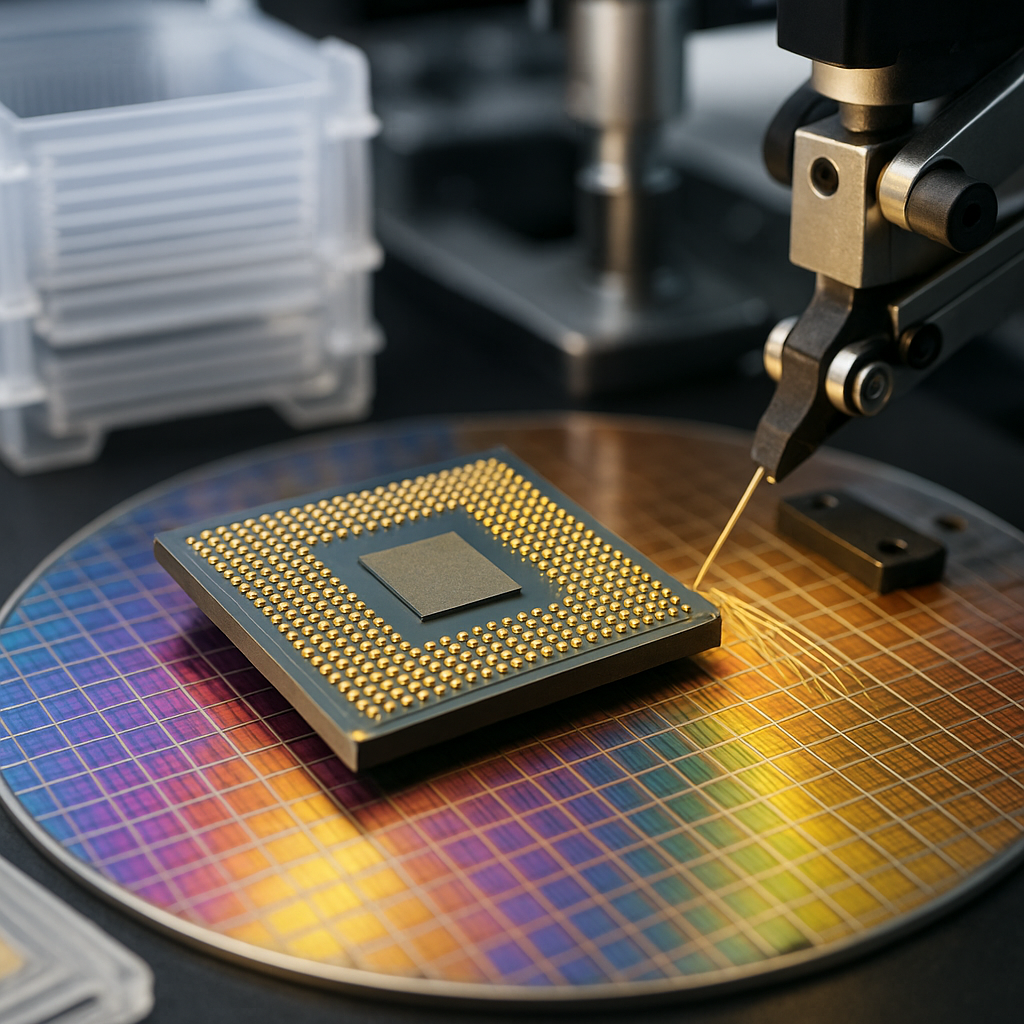A surge in artificial intelligence (AI) investment has electrified global markets this year—yet beneath the surface, cracks are starting to appear. Once hailed as the ultimate engine of growth, the AI sector is now facing its first real valuation reckoning. According to Reuters, record-breaking capital inflows into AI infrastructure are “complicating the macroeconomic dashboard,” blurring traditional signals that investors use to gauge productivity and growth. Meanwhile, analysts from ShareCafe and The Wall Street Journal warn that the euphoria surrounding AI stocks is showing early signs of froth, reminiscent of previous tech-cycle excesses.
The Momentum Meets Reality
The past 18 months have been a whirlwind for the AI sector. Investment in AI-focused hardware, data centers, and cloud infrastructure has surged by more than 40% year-over-year, with chipmakers like NVIDIA and AI-cloud players such as Microsoft and Amazon Web Services leading the charge. Venture capital firms, too, have poured billions into generative AI startups, hoping to catch the next OpenAI-style breakout.
However, analysts now caution that the pace of capital deployment may have outstripped the sector’s near-term earnings capacity. Data compiled by Refinitiv shows that AI-related equities are trading at an average forward P/E ratio exceeding 45x—nearly double the S&P 500’s median. “We’re witnessing the first test of how resilient AI valuations really are when sentiment shifts from hope to proof,” said tech analyst Thomas Keating in a Bloomberg interview.
This shift comes as macroeconomic headwinds resurface. With U.S. Treasury yields hovering near 4.5% and inflation proving stubborn, investors are beginning to reassess how much future AI earnings are worth in today’s real-rate environment.
Why This Matters for Investors
AI’s rise has fundamentally reshaped investor portfolios, but the question now is one of sustainability. Many large-cap technology companies have anchored their future narratives around AI—integrating it into their earnings calls, strategic plans, and capital expenditures. Yet not all AI investments are created equal.
According to The Wall Street Journal, a widening gap is emerging between firms turning AI hype into genuine productivity gains and those simply “AI-washing” their balance sheets with speculative projects. Productivity gains from AI adoption across major corporations remain uneven, with U.S. labor-productivity growth still averaging below 1.5%—a figure that hasn’t moved significantly despite trillions in AI-related spending.
That disconnect has investors questioning valuations that price in years of perfect execution. As Morgan Stanley noted in a recent sector report, “AI has shifted from being a call option on future innovation to a test of present-day profitability.”
The First Real Valuation Test
Equity markets may soon separate the signal from the noise. The Nasdaq AI Index—an informal benchmark of listed AI-linked firms—has gained nearly 28% year-to-date but has flattened in recent weeks amid earnings downgrades. Companies at the infrastructure layer (semiconductors, data-center operators, and cloud providers) continue to outperform application-layer players who are still seeking viable monetization models.
Some investors are quietly rotating out of high-valuation AI stocks toward adjacent beneficiaries such as copper producers and data-center REITs—sectors positioned to capture the real-world infrastructure demands of the AI build-out. Others are hedging their exposure using technology ETFs or shorting over-extended names with limited cash flow visibility.
“AI isn’t going away—it’s the new electricity,” said Daniel Ross, chief strategist at FutureEdge Capital, speaking to CNBC. “But the market needs to recalibrate its expectations. We’ve front-loaded a decade’s worth of optimism into two years.”
Future Trends to Watch
- AI Infrastructure Consolidation: Expect more mergers and acquisitions as smaller chip and cloud-service providers struggle to compete with hyperscalers like $NVDA, $MSFT, and $GOOGL.
- Regulatory Oversight: Governments are moving quickly to draft AI-governance frameworks, potentially impacting data privacy, model transparency, and export controls. These could shift investment flows dramatically.
- Productivity Proof Points: Watch quarterly earnings and corporate guidance. Firms that can demonstrate tangible cost savings or revenue growth directly tied to AI will stand out as leaders in the next phase.
- Commodities & Energy Link: The massive energy demand from AI training and inference may spark secondary investment booms in renewable power and advanced semiconductors.
Key Investment Insight
The AI revolution remains one of the century’s defining investment stories—but investors should distinguish between growth and hype. While AI-infrastructure and chip sectors retain strong secular tailwinds, stretched valuations and slower macro conditions could trigger volatility.
For long-term investors, the strategy may lie in balancing conviction with caution: trim exposure to high-multiple AI names lacking earnings visibility, rotate into enablers of the ecosystem (semiconductors, cloud infrastructure, and energy suppliers), and maintain cash positions ready to deploy when valuations normalize.
The era of “AI at any price” may be ending—but that doesn’t diminish its long-term promise. Instead, it signals a maturing market where fundamentals finally matter again.
Stay with MoneyNews.Today for daily insights, real-time investor trends, and expert analysis on the evolving landscape of AI, markets, and global finance.





